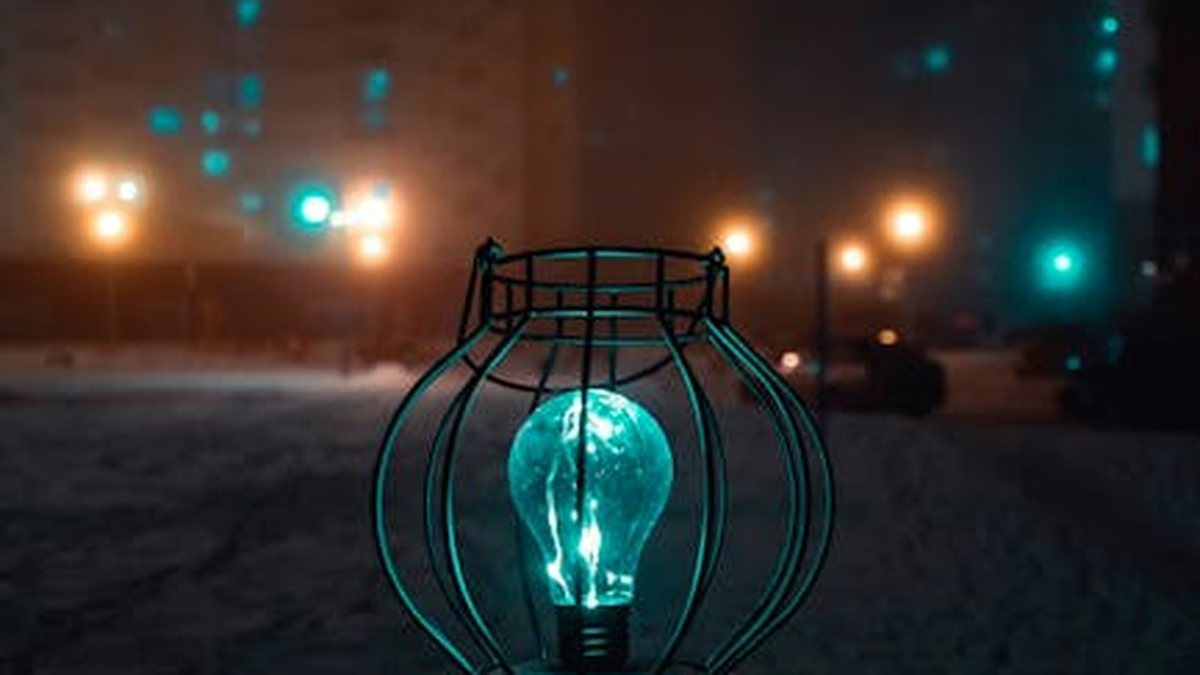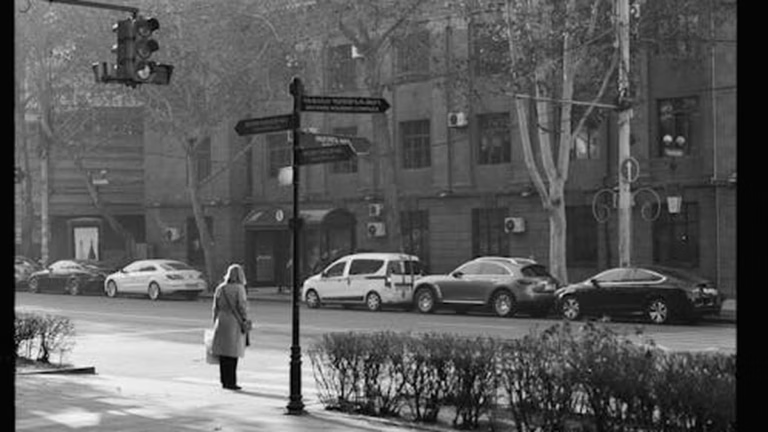SAD Therapy: Light & Mood Boosts
Understanding Seasonal Affective Disorder (SAD)
As we approach 2025, understanding and managing Seasonal Affective Disorder (SAD) remains crucial for maintaining mental well-being during the shorter, darker days of winter. Seasonal Affective Disorder, often referred to as winter depression, is a type of depression that’s related to changes in seasons. SAD begins and ends at about the same times every year. If you’ve noticed a consistent dip in your mood and energy levels each fall and winter, you might be experiencing SAD.
It’s estimated that SAD affects millions of people worldwide, with prevalence varying depending on geographic location and proximity to the equator. Studies suggest that as many as 10% of people in northern latitudes experience SAD, while others report experiencing a milder form known as the “winter blues.”
Recognizing the Symptoms of SAD
Identifying SAD early is key to effective SAD therapy. Common symptoms include:
- Persistent feelings of sadness, hopelessness, or emptiness
- Loss of interest or pleasure in activities you once enjoyed
- Changes in appetite or weight, often craving carbohydrates
- Sleep problems, such as oversleeping or insomnia
- Fatigue and decreased energy levels
- Difficulty concentrating
- Feelings of worthlessness or guilt
- Thoughts of death or suicide (seek immediate professional help if you experience these)
If you experience several of these symptoms consistently during the fall and winter months, consult a healthcare professional for an accurate diagnosis.
Light Therapy 2025: A Bright Solution
Light therapy is a cornerstone of SAD therapy. It involves sitting near a special lamp called a light box that emits bright light mimicking natural outdoor light. The theory is that this light helps regulate your body’s internal clock (circadian rhythm) and can improve mood and energy levels.
How Light Therapy Works
Light therapy is thought to impact brain chemicals linked to mood. The bright light from the light box stimulates the retina in the eye, which then sends signals to the brain. These signals can help to:
- Reduce the production of melatonin, a hormone that makes you sleepy
- Increase the production of serotonin, a neurotransmitter associated with feelings of well-being
- Regulate the circadian rhythm, which controls sleep-wake cycles
Choosing the Right Light Box for SAD Symptoms Relief
When selecting a light box for SAD therapy, consider the following:
- Light Intensity: Look for a light box that emits 10,000 lux (a measure of light intensity). This is the recommended intensity for effective SAD treatment.
- UV Filtration: Ensure the light box filters out harmful ultraviolet (UV) rays.
- Size and Design: Choose a light box that fits your lifestyle and workspace. There are tabletop models, wall-mounted options, and even wearable light visors.
- Safety and Certification: Look for light boxes that are certified by reputable organizations and meet safety standards.
Using Light Therapy Effectively
To maximize the benefits of SAD therapy with a light box, follow these guidelines:
- Timing: Start light therapy as soon as you notice the onset of SAD symptoms, typically in the fall.
- Duration: Aim for 20-30 minutes of light exposure each morning.
- Distance: Position the light box about 12-24 inches from your face, slightly off to one side. You don’t need to stare directly at the light.
- Consistency: Use the light box daily for the best results.
Mood Boosting Strategies for Winter Depression Treatment
While light therapy is often the first line of defense against SAD, incorporating other mood boosting strategies can significantly enhance its effectiveness. These strategies address various aspects of your well-being, including physical activity, diet, social connection, and stress management.
Exercise and Physical Activity
Regular exercise is a powerful mood-boosting strategy. Physical activity releases endorphins, which have mood-elevating effects. Aim for at least 30 minutes of moderate-intensity exercise most days of the week. Even a brisk walk outdoors can make a difference. Consider these options:
- Walking or jogging
- Swimming
- Yoga or Pilates
- Dancing
- Strength training
Diet and Nutrition
What you eat can significantly impact your mood. Focus on a balanced diet rich in fruits, vegetables, whole grains, and lean protein. Avoid processed foods, sugary drinks, and excessive caffeine. Consider these dietary adjustments:
- Vitamin D Supplementation: Vitamin D deficiency is common during winter months. Talk to your doctor about taking a Vitamin D supplement.
- Omega-3 Fatty Acids: Omega-3s, found in fatty fish like salmon and tuna, have been linked to improved mood.
- Complex Carbohydrates: Choose complex carbohydrates like whole grains and vegetables over simple sugars to stabilize blood sugar levels and prevent mood swings.
Social Connection and Support
Social isolation can worsen SAD symptoms. Make an effort to connect with friends and family, even if you don’t feel like it. Consider joining a support group or volunteering to combat feelings of loneliness and isolation.
Stress Management Techniques
Stress can exacerbate SAD symptoms. Practice relaxation techniques such as:
- Mindfulness meditation
- Deep breathing exercises
- Progressive muscle relaxation
- Spending time in nature
- Engaging in hobbies you enjoy
Cognitive Behavioral Therapy (CBT)
CBT is a type of therapy that helps you identify and change negative thought patterns and behaviors that contribute to depression. CBT for SAD often focuses on strategies for coping with winter-related challenges and improving mood.
Seeking Professional Help for SAD Therapy
If your SAD symptoms are severe or don’t improve with self-help strategies, it’s essential to seek professional help. A doctor or mental health professional can provide a diagnosis and recommend appropriate SAD therapy, which may include:
- Medication (antidepressants)
- Psychotherapy (CBT or other forms of therapy)
- A combination of light therapy, lifestyle changes, and professional treatment
Conclusion: Embracing a Brighter Winter in 2025
Combatting Seasonal Affective Disorder requires a proactive approach that combines light therapy with effective mood boosting strategies. By understanding the symptoms of SAD, utilizing light therapy 2025 effectively, and incorporating lifestyle changes, you can significantly improve your mood and well-being during the winter months. Remember to seek professional help if your symptoms are severe or persistent. With the right tools and support, you can embrace a brighter and more fulfilling winter season.
References
-
National Institute of Mental Health
– National Institute of Mental Health research and resources. -
American Psychological Association
– American Psychological Association mental health guidance. -
World Health Organization Mental Health
– Global mental health initiatives and research.





